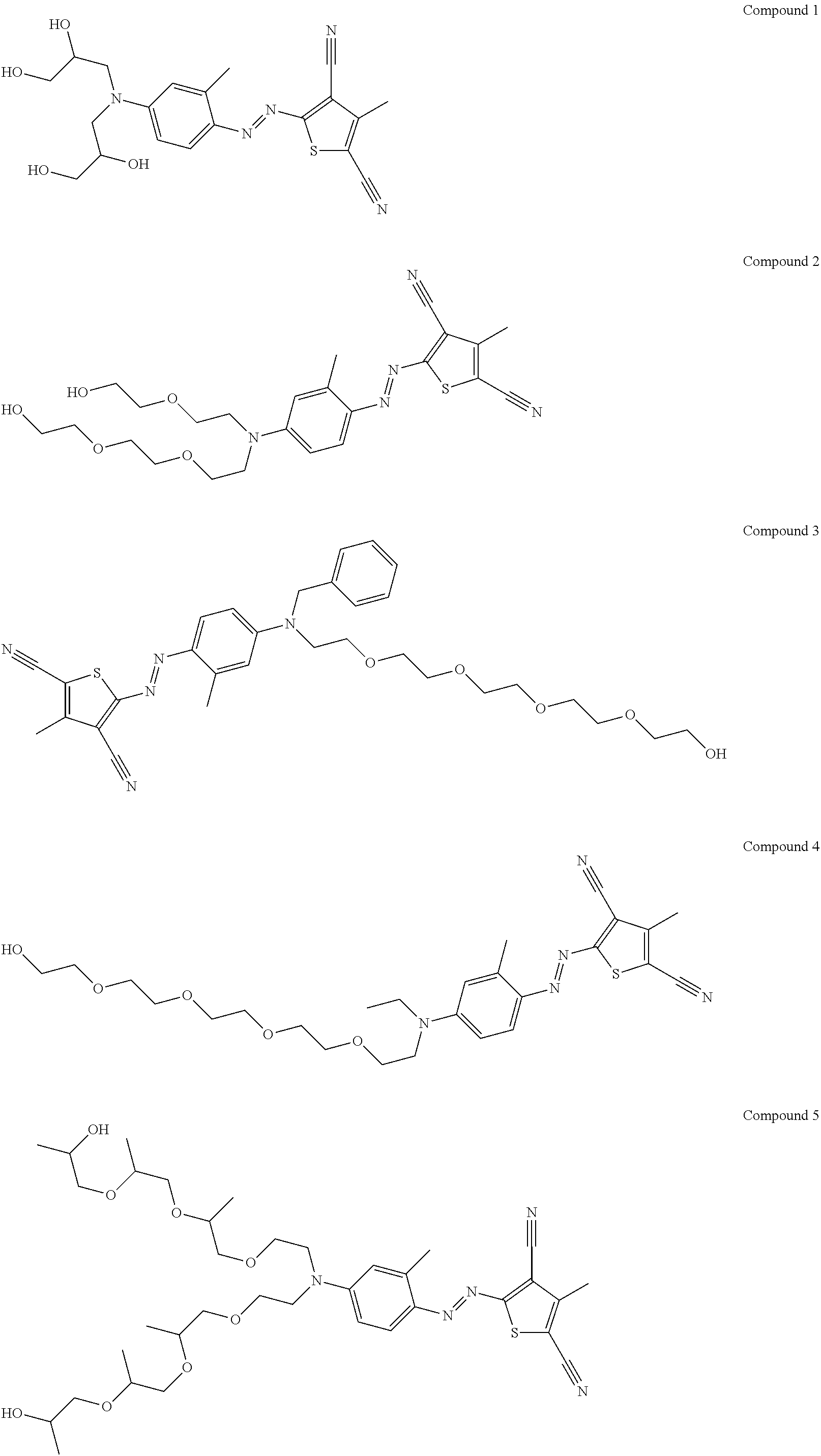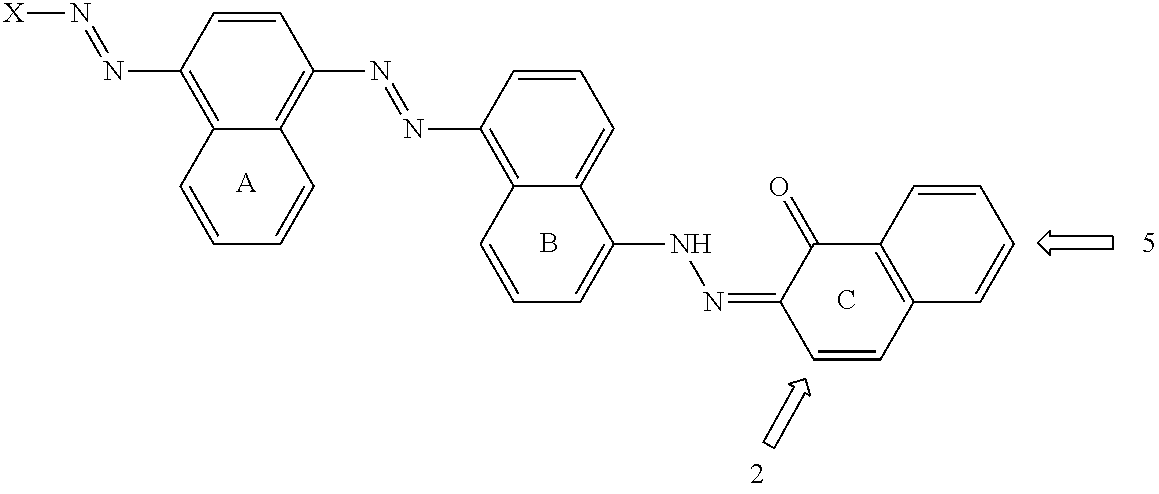Cleaning method
a cleaning method and cleaning technology, applied in the field of laundry, can solve the problems of deterioration of the appearance of white fabrics, unpleasant odour of washed items, etc., and achieve the effect of providing whitening and bleaching benefits
- Summary
- Abstract
- Description
- Claims
- Application Information
AI Technical Summary
Benefits of technology
Problems solved by technology
Method used
Image
Examples
example 1
[0101]The washing test was carried out using Electrolux W465H industrial washing machines. The wash cycle included a 35° C. first washing step, a 60° C. second washing step and three subsequent cold water washing steps, all using hard water (13° dH). The fabrics were successively dried using Miele Professional 5206 tumble dryer.
[0102]The fabric load included 6 kg of clean ballast load, composed of 67% cotton and 33% polycotton. For the reading of whiteness, 24 clean tracers of three fabric types (terry cotton, muslin cotton and polycotton) were added. The detergent was added in the first washing step, the bleach in the second washing step and the whitening additive in the third washing step.
[0103]The first washing step was carried out with the following detergent (dosed at 48 grams / machine or 8.4 ml / kg fabric).
TABLE 1DetergentIngredient% by weightC12-alkylbenxene sulfonic acid12.2Non-ionic surfactant8.25C12-alkyl trimethyl amine N-oxide1.5C12-14 fatty acid8.3Citric acid3.4Triethylen...
example 2
[0112]Table 5 provides another example of whitening additives according to the invention
TABLE 5Whitening additiveIngredient% by weightSodium thiosulfate pentahydrate6.512.2 7.3—3.7Monoethanolamine———4.5—Tinopal CBS 0.53—0.20.4—Tinopal DMS—0.8——0.5Hueing dye (compound 2) 0.005————Hueing dye (Direct violet 99)———— 0.02Propandiol4.53.53.22.0—C12-14 alkyl 7-ethoxylate3.52.52.02.04.5Citric acid———4.5—Minors (preservatives, suds0.10.1 0.050.2—suppressors, process aids . . .)Waterbalance
example 3
[0113]The table below shows some detergents which can be used as a part of the wash process of the invention.
TABLE 6DetergentABCIngredient% by weight% by weight% by weightC12-alkylbenzene sulfonic acid179.013 C12-15 Alkyl 3-ethoxylate sulphate, MEA salt2.58.01.5C12-14 Alcohol 7-9 ethoxylated165.07.5C12-alkyl trimethyl amine N-oxide1.5—1.0C12-14 fatty acid104.06.0Citric acid3.03.53.01-Hydroxy ethylidene 1,1 diphosphonic acid0.5——Ethoxylated, propoxylated polyamine polymers6.02.54.0Diethtylene triamine pentamethylene acetic acid—0.4—Protease1.51.20.8Mannanase—0.1—Amylase0.250.30.2Fabric Whitening Agent—0.20.1Solvents (ethanol, glycerol, 1,2156.08.0propandiol, diethyleneglycol)Sodium cumene sulfonate—0.81.8Borate—2.02.2Monethanolamine (MEA)9.04.03.0Sodium hydroxide—to pH 8.0to pH 8.0Silicone suds suppressor (BF 20+ ex Dow1.0—0.2Corning)Hydrogenated castor oil0.14—0.2Perfume, dyes, minors1.00.50.8WaterBalanceBalanceBalance
PUM
| Property | Measurement | Unit |
|---|---|---|
| volume | aaaaa | aaaaa |
| volume | aaaaa | aaaaa |
| volume | aaaaa | aaaaa |
Abstract
Description
Claims
Application Information
 Login to View More
Login to View More - R&D
- Intellectual Property
- Life Sciences
- Materials
- Tech Scout
- Unparalleled Data Quality
- Higher Quality Content
- 60% Fewer Hallucinations
Browse by: Latest US Patents, China's latest patents, Technical Efficacy Thesaurus, Application Domain, Technology Topic, Popular Technical Reports.
© 2025 PatSnap. All rights reserved.Legal|Privacy policy|Modern Slavery Act Transparency Statement|Sitemap|About US| Contact US: help@patsnap.com



